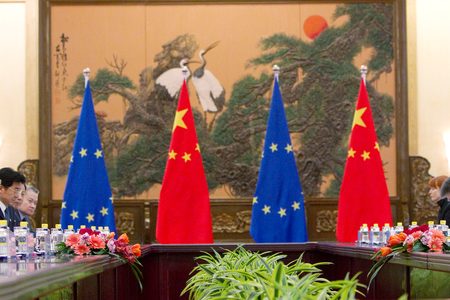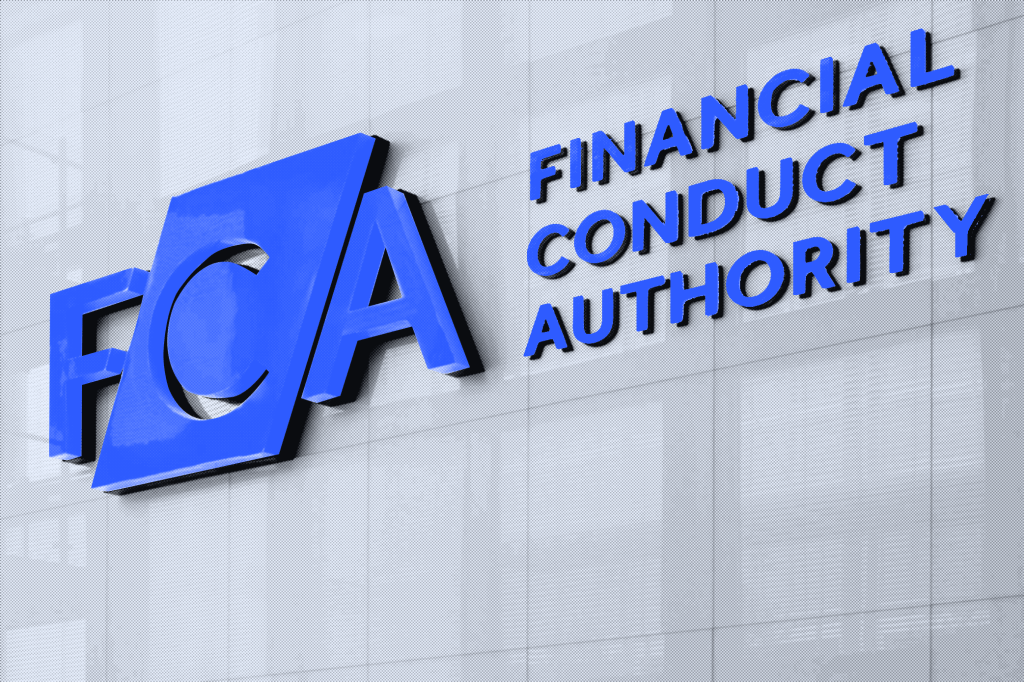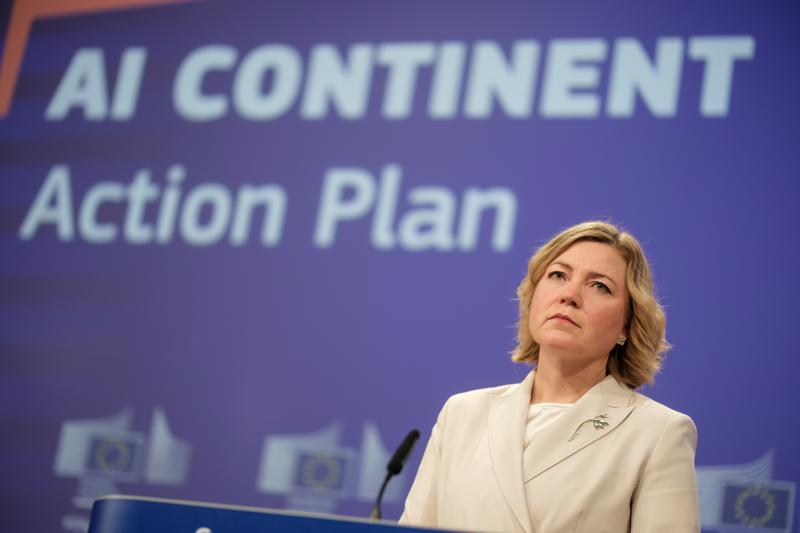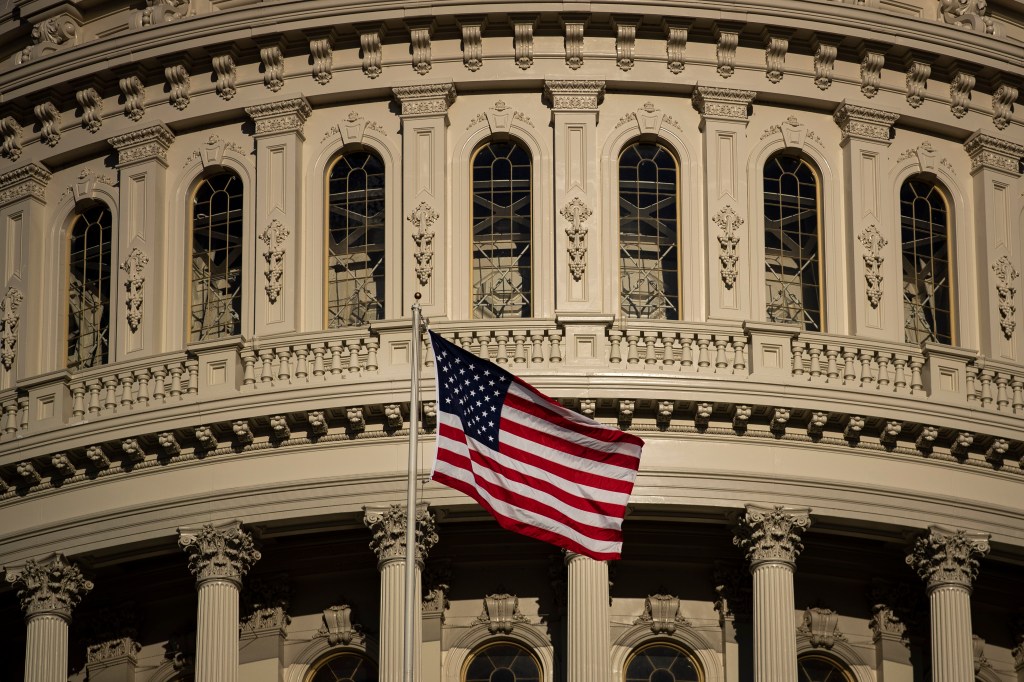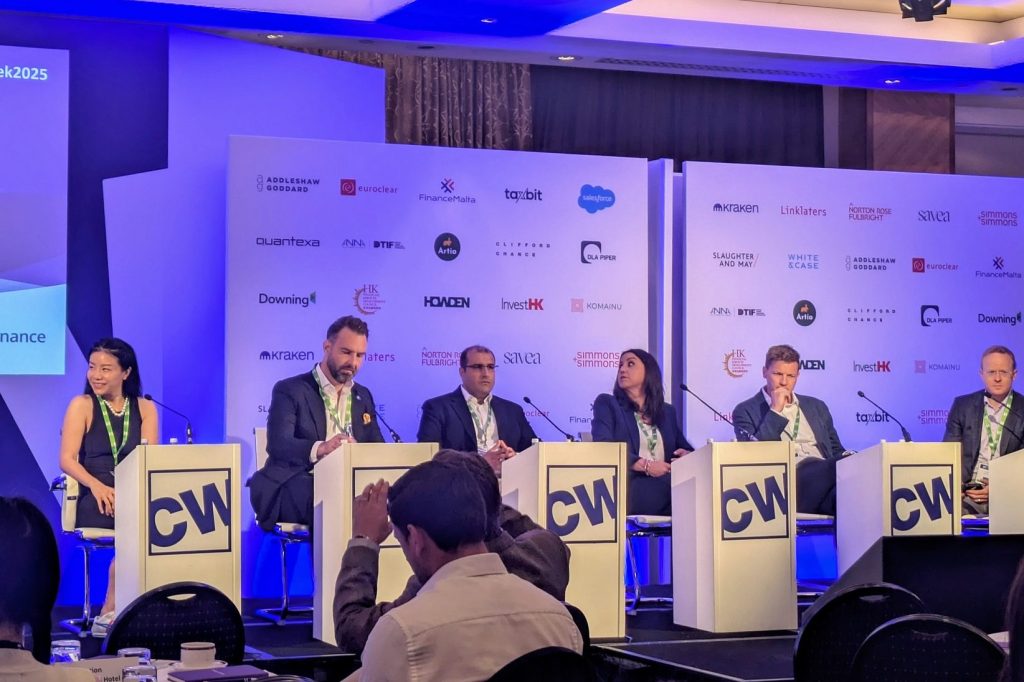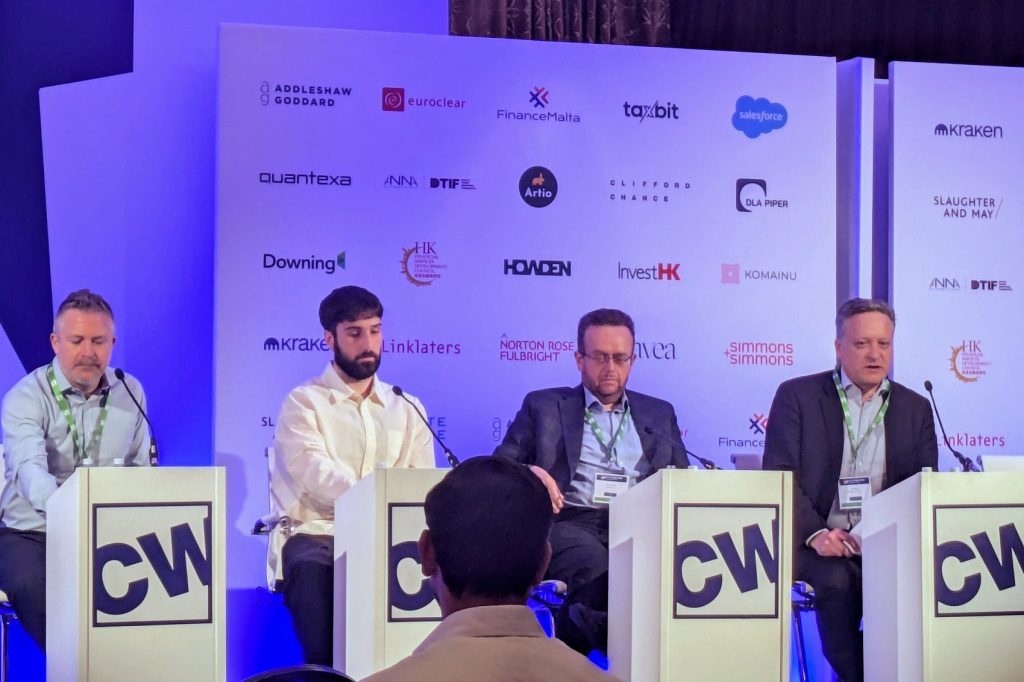Before 2009, if you wanted to send somebody a message on your phone, you sent a text. You may have messaged them, or possibly sent an SMS. You did it using a variety of services, and what you called it depended to some extent on the service you used. Today, you almost certainly WhatsApp (WA) the people you want to contact. A piece of software launched in 2009 has become so successful, so ubiquitous, that it has become a verb.
The key to WA’s early popularity was its brilliant simplicity. People loved the idea you could use a phone number to exchange information with people on the internet, without needing extra layers of operator plans or additional costs. WA offered a simple way to optimize the tech everyone already had. That’s why today, according to statistics compiled by specialist website Business of Apps, there are more than two billion WA users on the planet, sending over 100 billion messages a day and spending over 200 billion minutes on voice and video calls.
This ease of use and universal reach has presented the financial compliance sector with a problem that it shouldn’t have.
“We called it a ‘gray area’ – a strata of unregulated communications that tied together the whole financial world. We knew this chicken was coming home to roost. And it did in the shape of the JP Morgan fine.”
Warren Roy, founder and CEO of Global Relay
“WhatsApp has gone on a huge growth spurt since it arrived in 2009, and finance people have always used it,” says Warren Roy, founder and CEO of Global Relay. “They may have used it initially in a personal capacity, but it got adopted in a business capacity naturally.”
Senior management denial
The trouble is that too many senior management teams spent too long in denial about their accountability for employee use of WA from a strict recordkeeping perspective. “They used the defense of saying they had policy that forbade its use,” explains Roy. “We called it a ‘gray area’ – a strata of unregulated communications that tied together the whole financial world. We knew this chicken was coming home to roost. And it did in the shape of the JP Morgan fine.”
The $200m fine JP Morgan Securities had to pay has caused subsequent upheaval throughout the financial sector. But, says Roy: “For people to be surprised by the fine is a shock.” That is because we’ve been here before. With email.
“This is exactly what happened when email emerged,” explains Roy. “It’s about how to get business done faster. Human nature is behind this – people want to communicate with clients on their preferred channel. This is a fact of life. With personal email, people eventually realized they had mixed their personal world with their corporate persona. Not with any bad intent, just through lacking the discipline and understanding to know why you need to separate those worlds.
“It took us five to seven years of compliance mentorship to make sure people were not doing business in their personal mail and not sending out personal stuff from their corporate device. This is often the timeline for resolution on these sort of habitual changes that are driven by a significant technological advance.”
Walking away from a community
He adds: “It will now take many years to rid the finance community of illicit use of WA as it is hard to just exit a community where there is so much opportunity. Walking away from that is not something people are willing to entertain, so businesses have to find compliant solutions because they really do need it.”
That’s why, continues Roy, so many prospective customers over the past 18 months have all been asking whether Global Relay has a WA compliance solution.
As a result, Global Relay approached Meta, which acquired WA for $19bn in 2014, to work on a partnership solution. It took time to find an open door, but even then there was little initial interest.
Global Relay was proposing a compliance solution, while Meta wanted a marketing tool to enable WA to be the first and last point of contact customers had with a business.
Roy describes it as “two people running down the beach with their arms wide open and totally missing each other as they sail past”.
Then JP Morgan hit the iceberg. Financial services businesses knew it was no longer plausible to deny they were responsible for the communication channels their employees used; Meta executives realized the potential for extreme brand damage.
“Overnight they got the federated thing,” says Roy. “Their service model is not designed to support a federated model at the scale our customers require, managing tens of thousands of WA Business Accounts (WABAs). This allows dynamic entry for WA into finance applications.”

It’s all in the number
Most WA usage is messages sent on phones. Corporates need to think, as they seek to control employees’ WA use, that everything relates to the number, not email. The only way a corporate can control WA is by owning and managing the number. It splits personal and business comms and ensures access to data when requested by a regulator or law enforcement can’t be challenged. And people leaving don’t walk out with clients’ details on a BYOD phone.
A provider you can trust
All of which is why Global Relay has been putting so much into delivering a solution that enables clients to WhatsApp-enable their business.
“The messaging aspect and the admin aspect make up what we provide here,” Roy explains. “You can, through a business service provider (BSP) like us, send messages from a proprietary client through the BSP and then on to WA and its community.
“That’s the flow but there is no other compliance provider like Global Relay as an application end user. The big difference is the administrative side, which means not only can we send messages back and forth as a BSP through an API, but we have an administrative API that allows us to operate WABAs. There is as much complexity in the WABA automation as there is to support the messaging.”
“We didn’t set out to build a company. We just wanted to build a product that people used.”
Jan Koum, WhatsApp founder
In parts of the industry, the reaction to the JP Morgan fine has been to lean towards a return to requiring staff to use only approved corporate channels. But Roy says this doesn’t address the issue that the market has moved on. Coming to terms with that requires rethinking the approach to business communication from the bottom up.
“What it is crucial to understand is that WA keys into a phone number and in the regulated world phone numbers can be represented as landlines, corporate phones or BYOD,” Roy explains. “As far as financial regulation goes, granting control to customers over phone numbers ,so your messaging is clearly owned by the regulated entity, is vital. This removes the concept of personal WA so it becomes business WA. Control over WA accounts and control over the flow and management of the phone number are essential for compliance purposes.
“Microsoft is aligned with corporate governance but it doesn’t contemplate your relationships so it doesn’t support federation or following the market as it is so business-centric. Relationships in finance, whether professional, personal or client, do not reside on enterprise tools; they are on Bloomberg, Reuters and the social channels such as LinkedIn. The question is not how to stop people using WA, it is how do we embrace its use compliantly.”
Sticking to existing networks
It’s possible to WA-enable a landline as well as a mobile, whether corporate or BYOD. An individual’s identity is their telephone number, it’s the way they are recognized and the way they maintain a business presence – an asset manager is likely to have around 300 contacts on average.
“Asking them to change that and change where they do their business is very tough,” says Roy. “So the best solution is to transition to using WA on their current method of corporate communication. Landline is very US-centric but BYOD and corporate is more prevalent elsewhere. New numbers are OK for new employees but no one else. Landline numbers and corporate numbers are sticky. In principle firms don’t like BYOD as they might lose their customers when people leave. But no one likes carrying two phones.”
Businesses need to be careful not to consider WA solely through the prism of compliance – important though that is. There is vast opportunity to be seized, as Roy explains: “People think the need right now is just to archive your WA messages. We are enabling business so that you can have a corporate branded presence – a green tick as a verified business account, which means you can build your brand on the largest social messaging network in the world. It represents your company and corporate profile.”
Global Relay has developed a solution that takes advantage of this opportunity. “We use a WABA with an API underlying it,” says Roy. “This is what corporate clients want, as it gives them the opportunity to market to business APIs. That provides open marketing to the whole WA business community with controls around it that comply with GDPR to allow for opt out.”
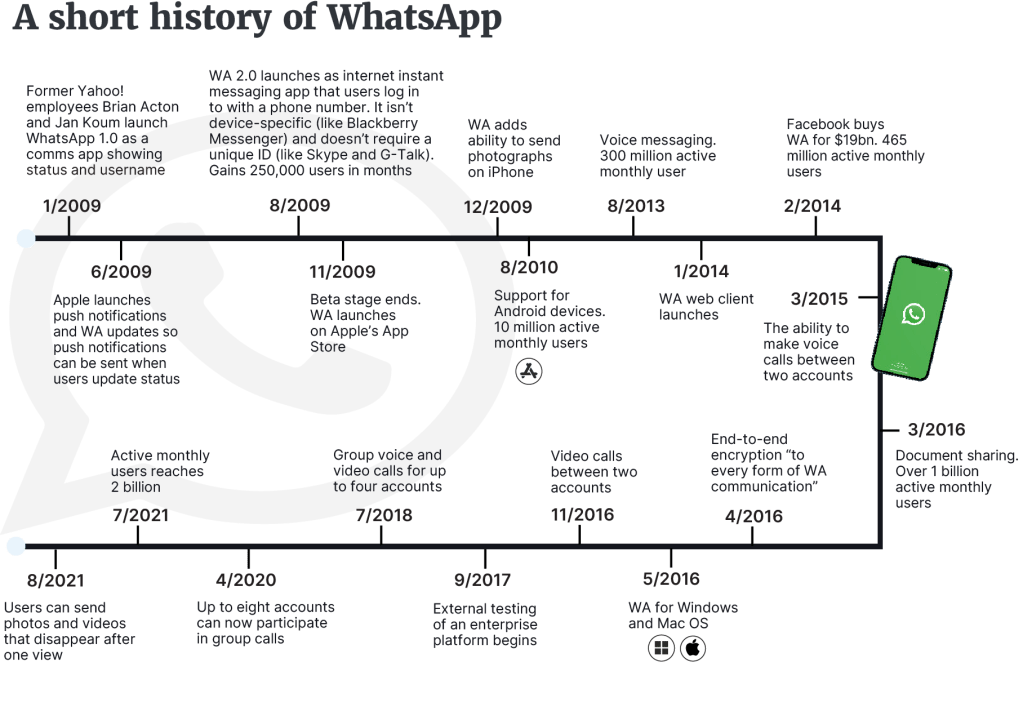
The Meta partnership
This ties in neatly with Meta’s ambition to make WA the place where business is conducted end to end. “The business can allow its employees to be represented by business name, line of business and description of their business account – and that is certified so this person is who they say they are, and it is an authentic and verified business,” Roy explains. “This is a double win as it gives the community certainty. We provide all this set up in an automated and scalable fashion to ensure all employees can have a WA business card for when they communicate and that all the compliance and privacy requirements are met.
“WA is building a full corporate communication ecosystem that Global Relay has integrated with to make it very easy for regulated firms to onboard. There’s a complete compliance framework around the marketing and management of inbound interest, and it’s handed off through a workflow that is underpinned by a CRM – all without leaving the WA world.
“It is secure; it builds your brand; it’s compliant; it gives you excellent marketing tools; and it allows you to get ahead of your competition. Scamming and phishing can be resolved in a way that email has not managed to.”
WA is here and for now is thriving. The trick is to harness its power and plug it securely into your existing infrastructure. As to how long it will take for a new arrival to usurp WA, the clock is probably already ticking.

The future of business messaging apps
WhatsApp wants its platform to be the first and last place you connect with customers – and the race is on to be the one ‘business app’ where everyone can connect, market, communicate and transact in a complete business ecosystem. Right now the two fastest out of the blocks are WhatsApp and WeChat.
Noteworthy is their approaches in creating distinct corporate applications that are verified, official and controlled. This is a transparent and almost-regulated approach. Signal and Telegram, also popular for business communication, have remained strictly consumer-focused, and offer a place where dialogue remains veiled, if that’s what you are looking for.
Also, don’t write off new entrants to this race; have you heard of a guy called Elon and his passion for Tweets?




